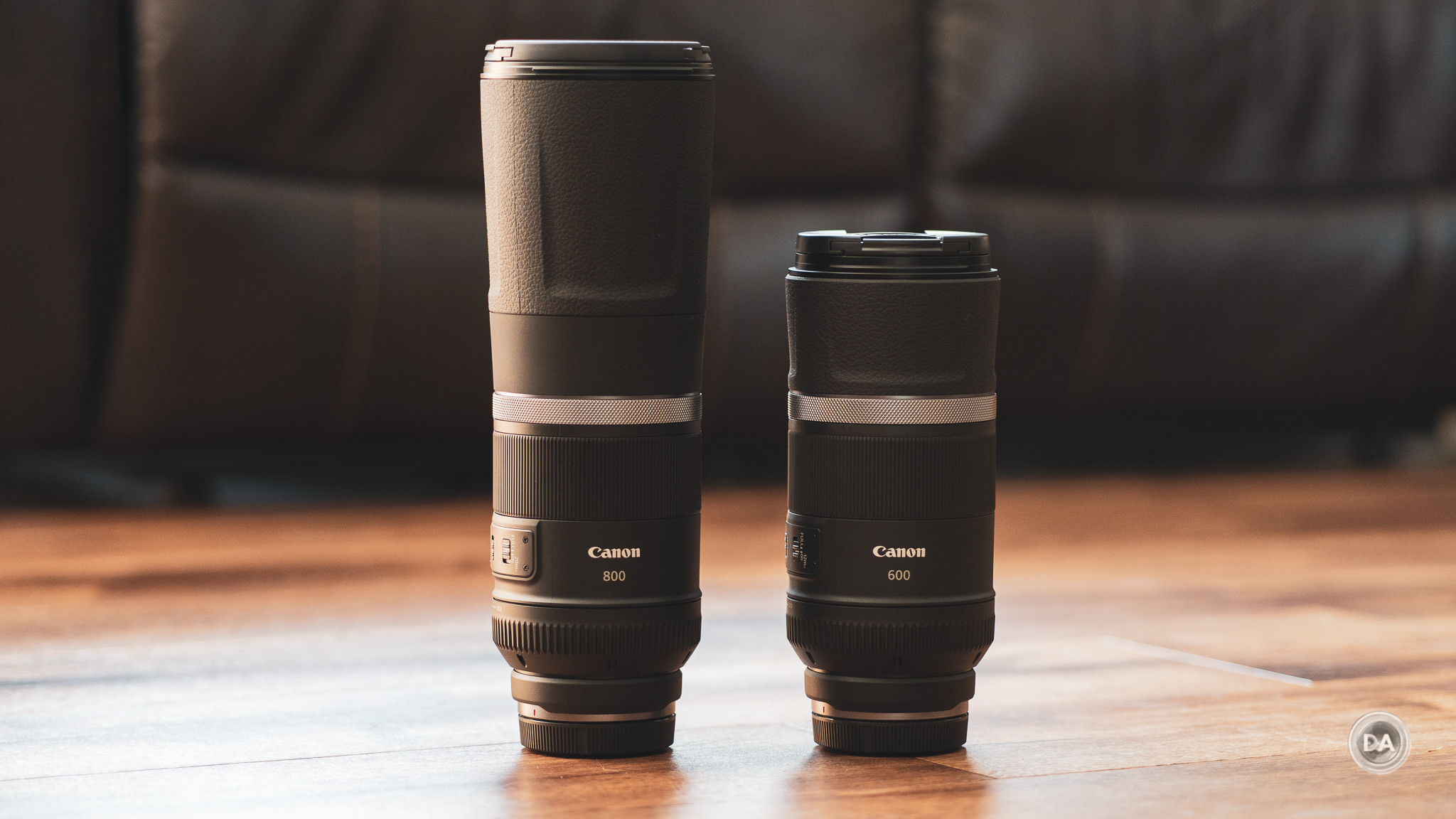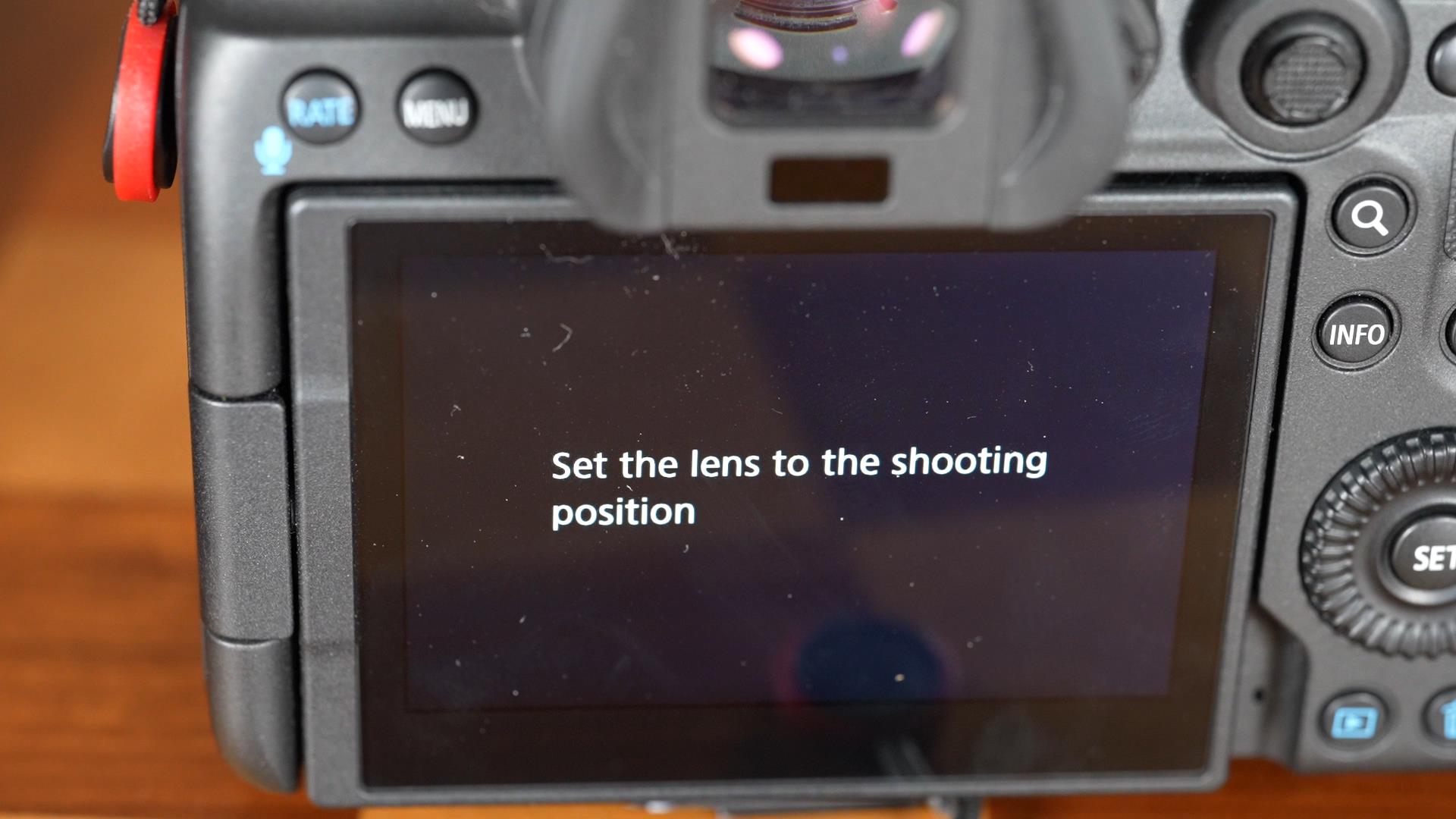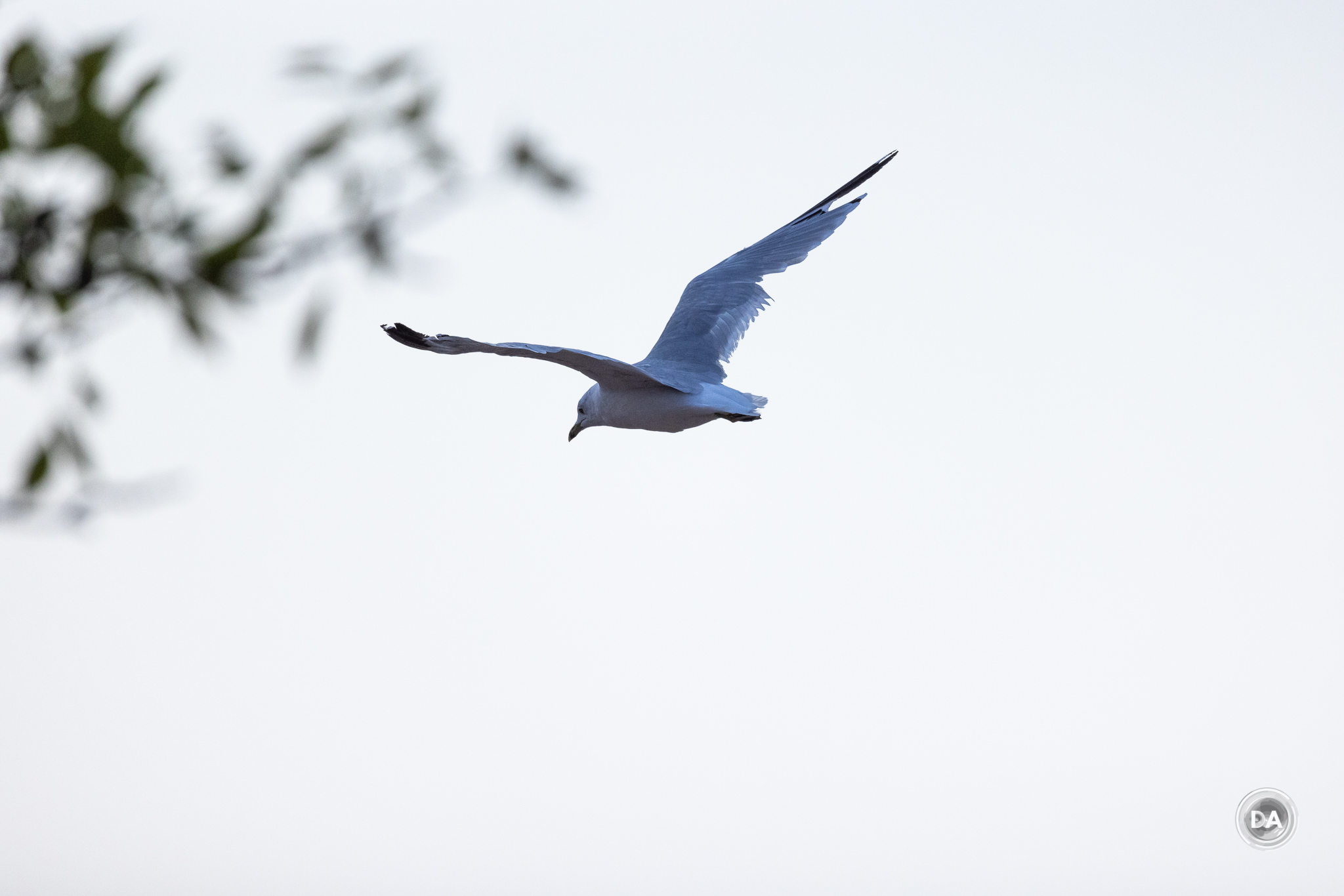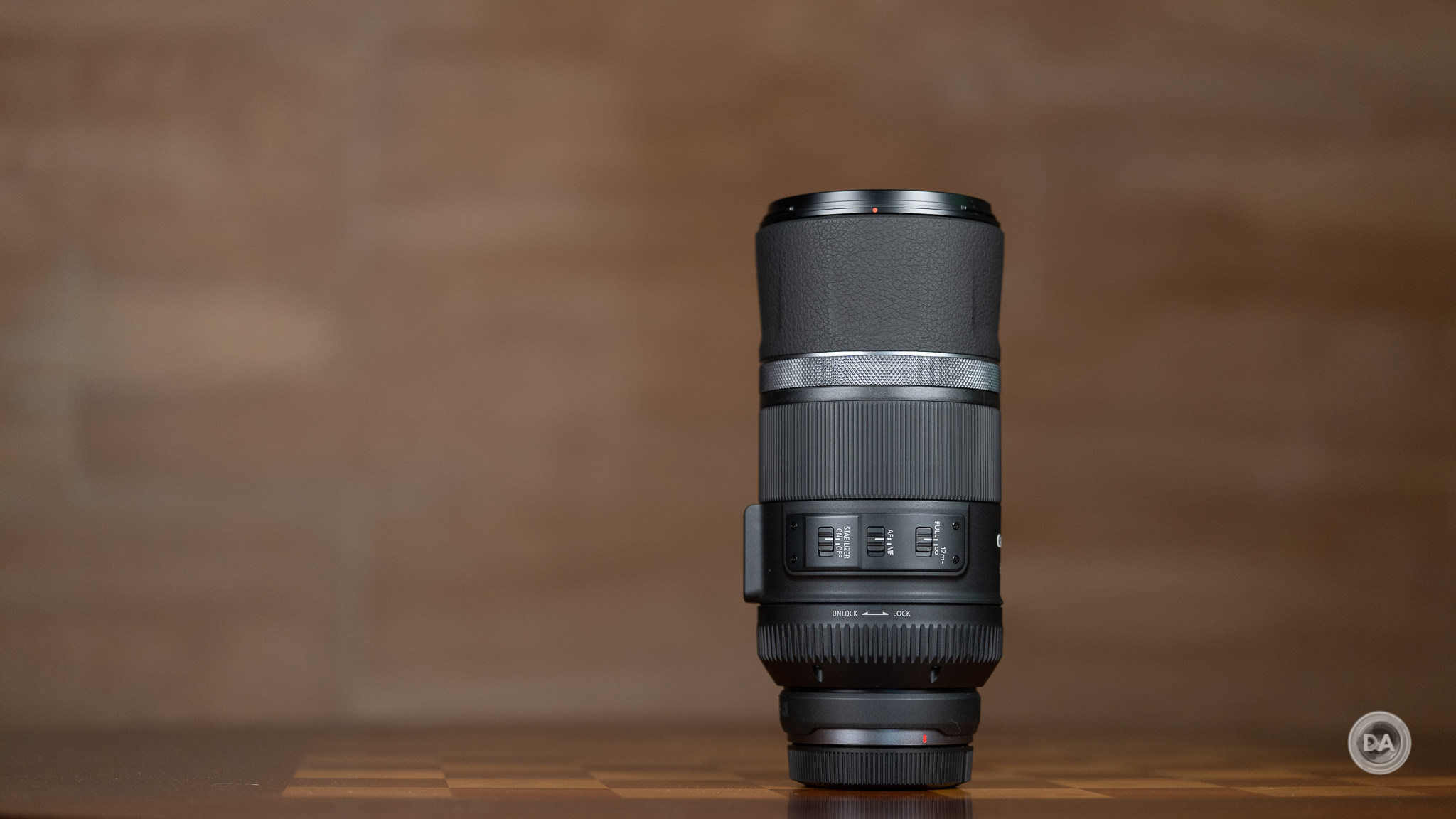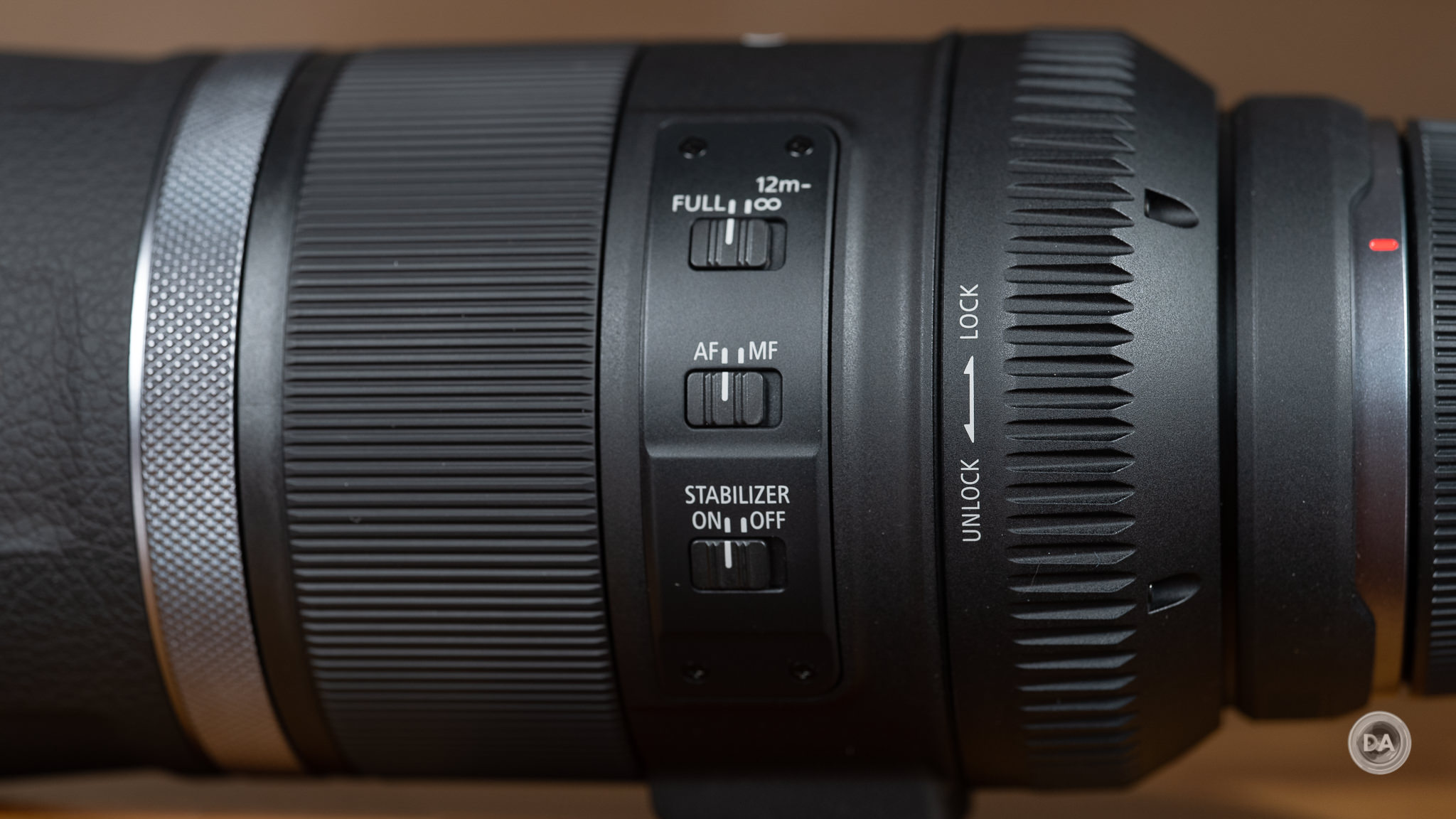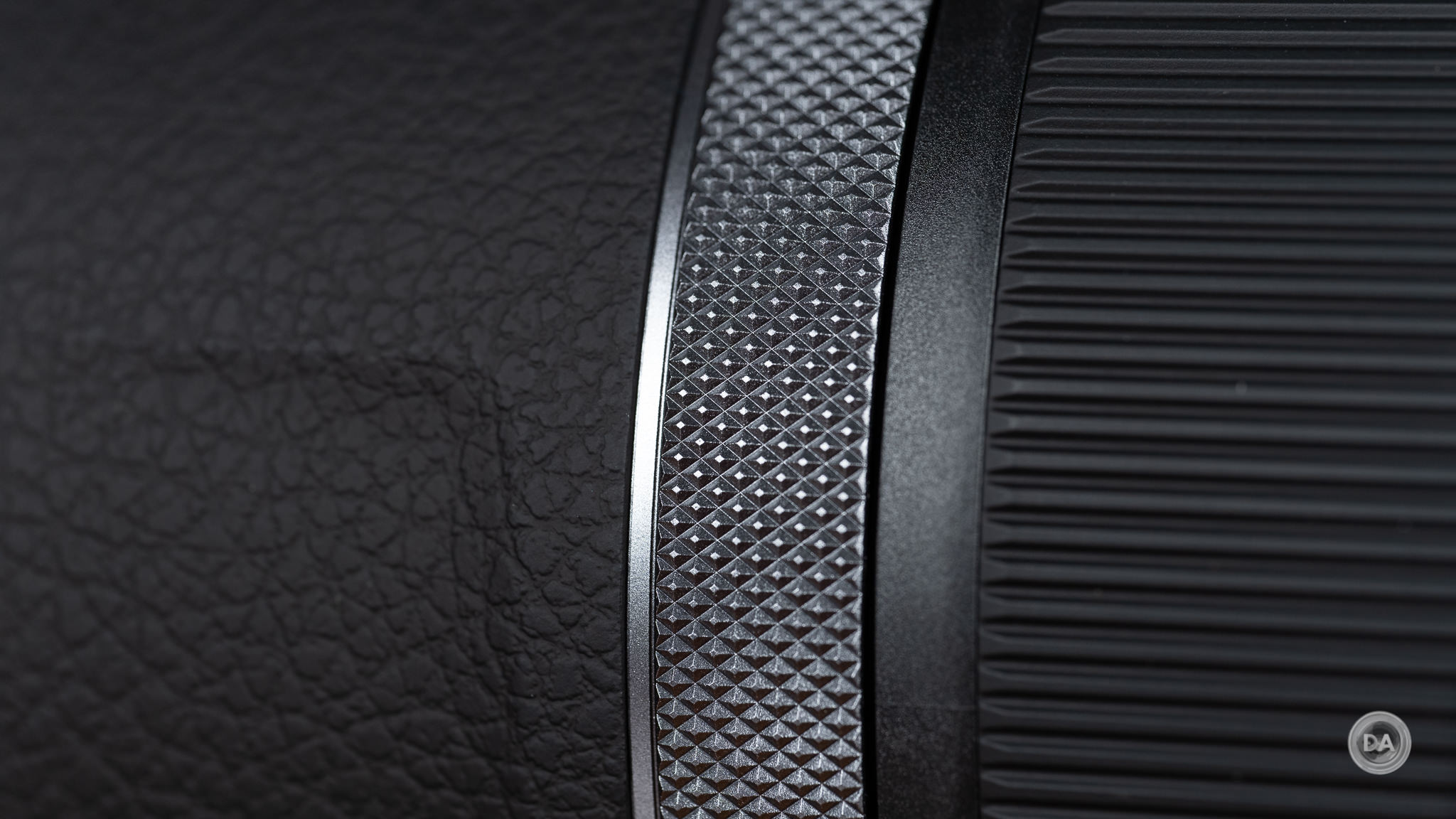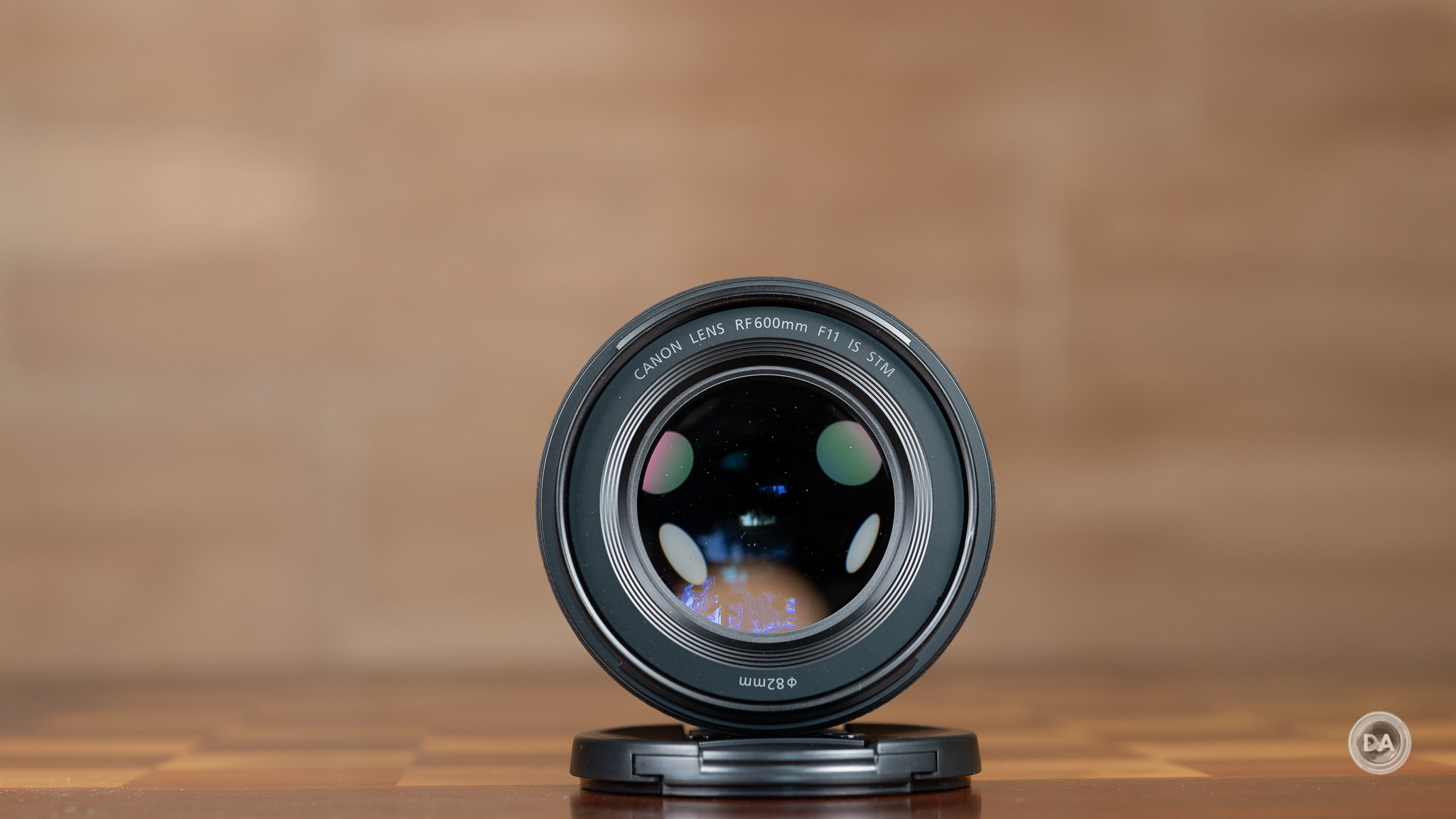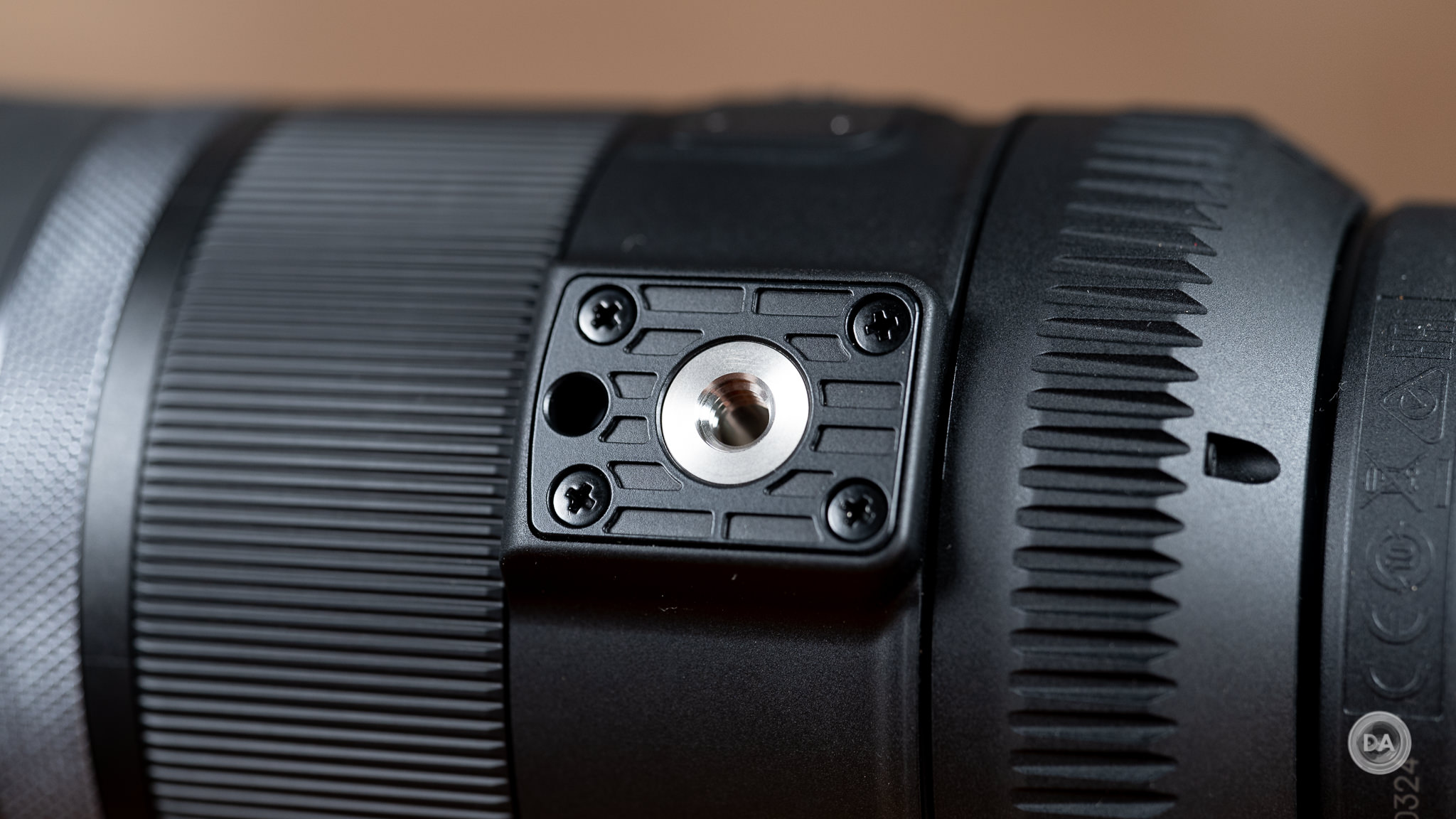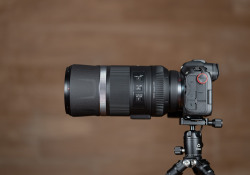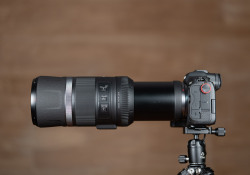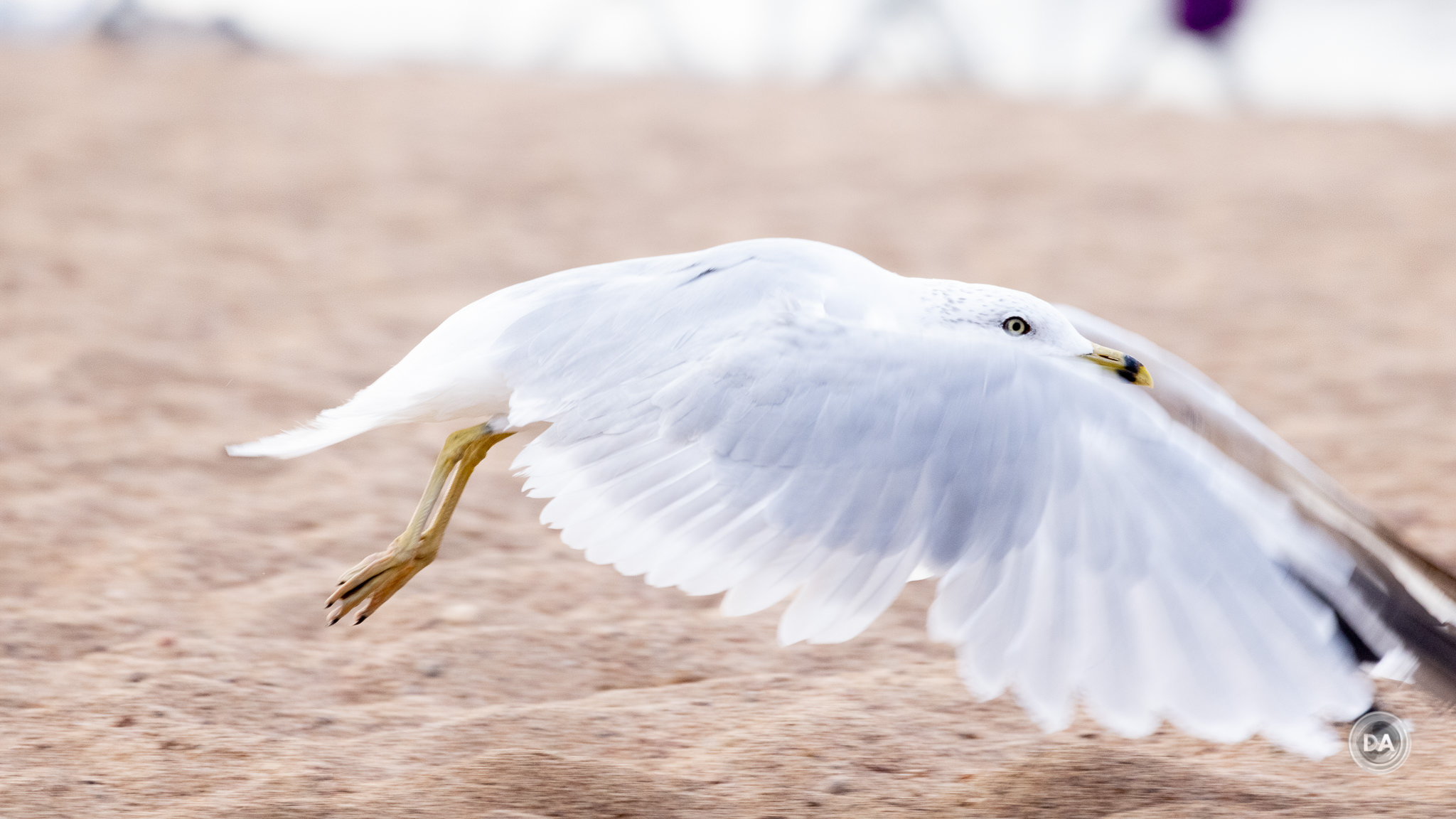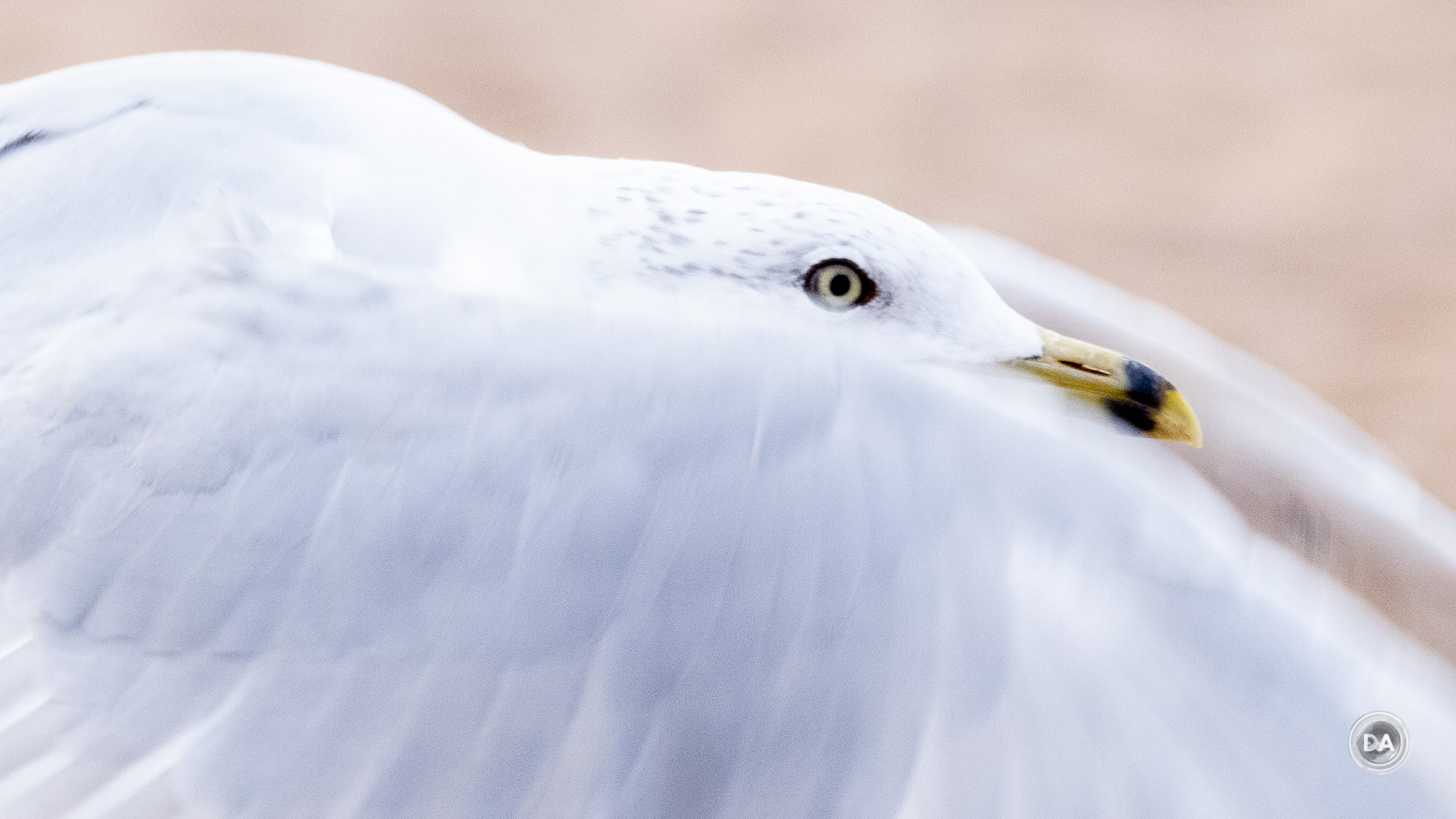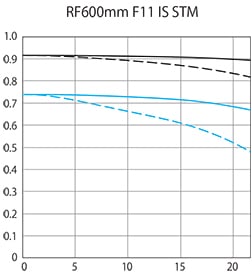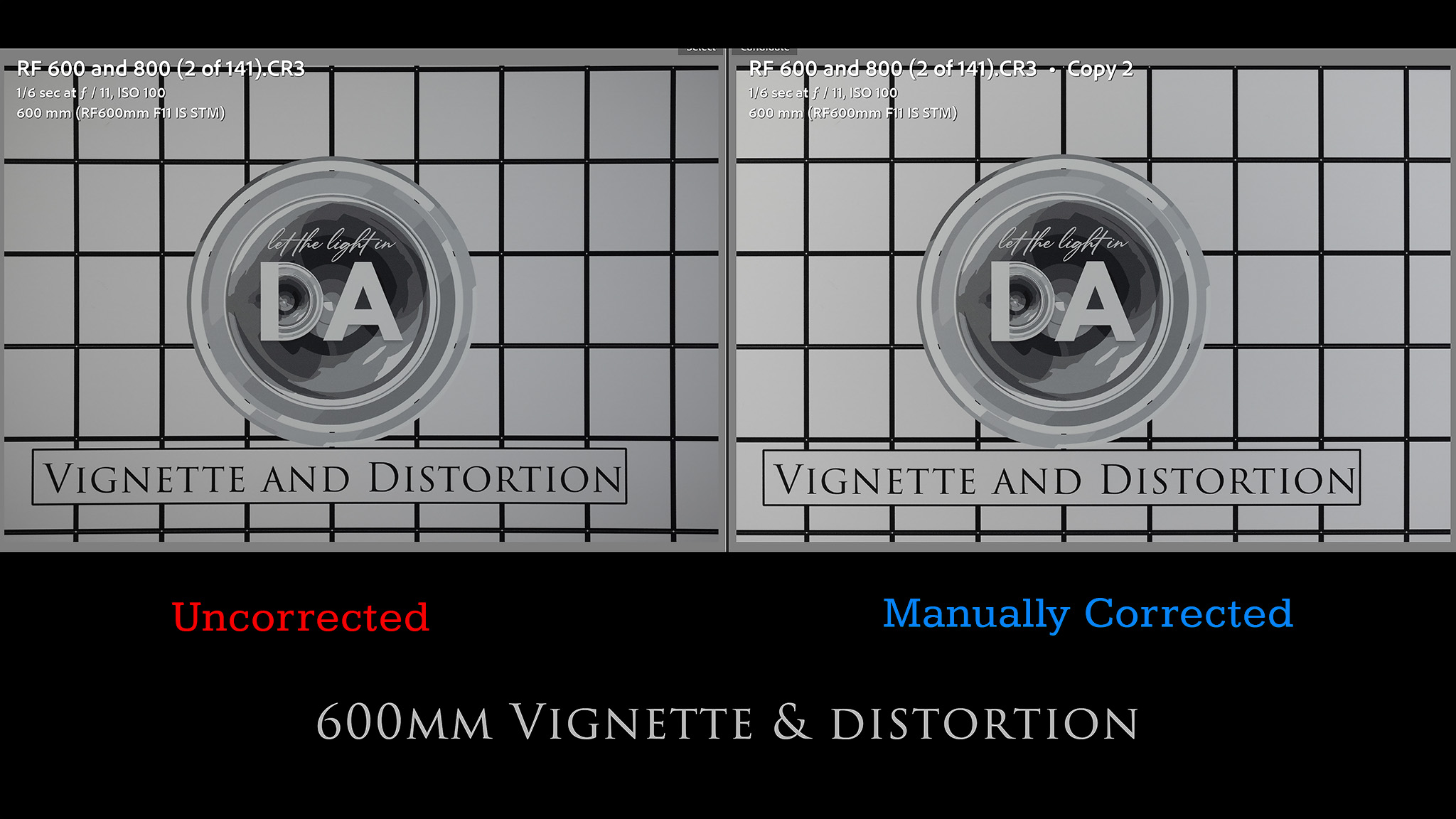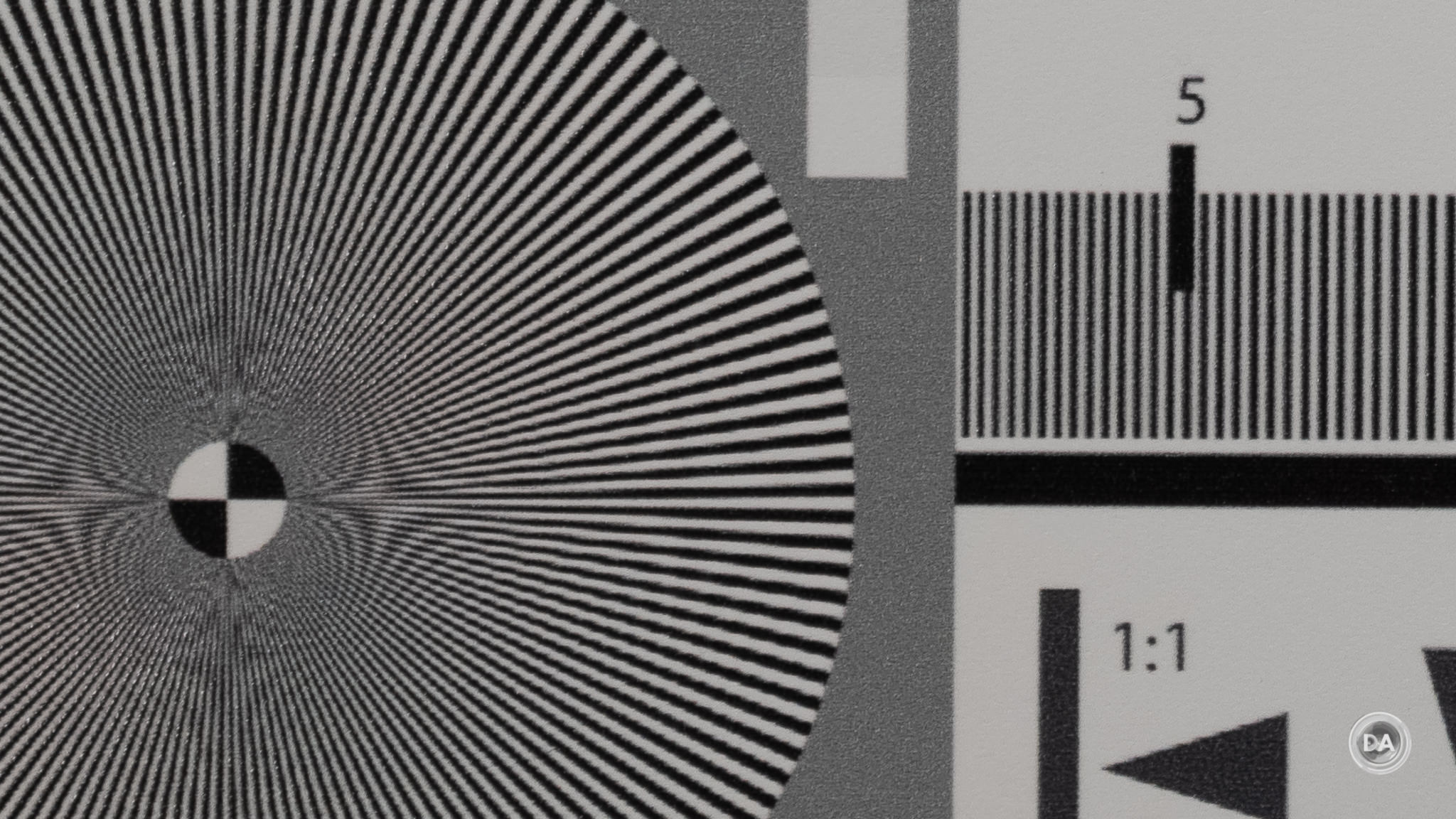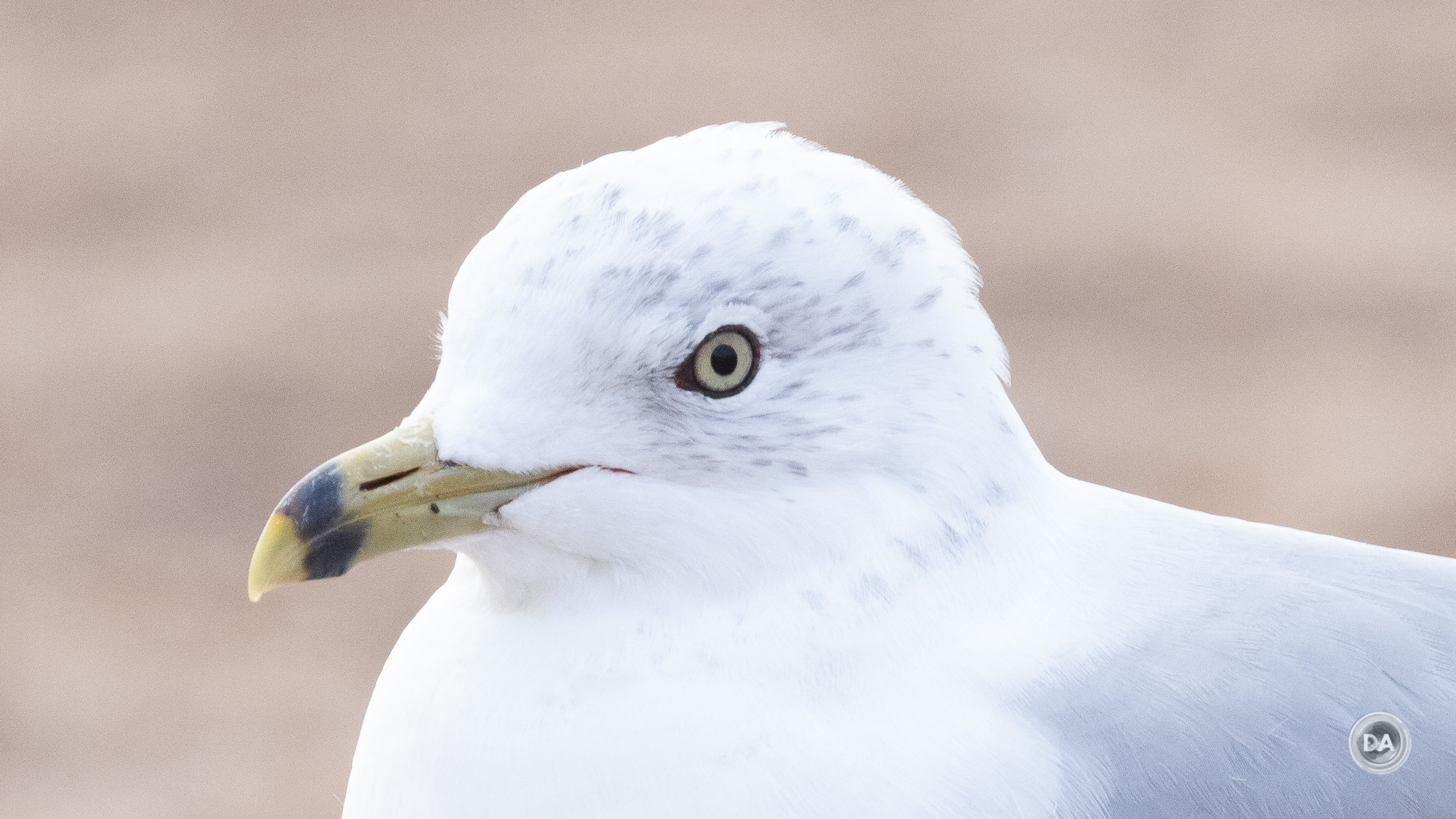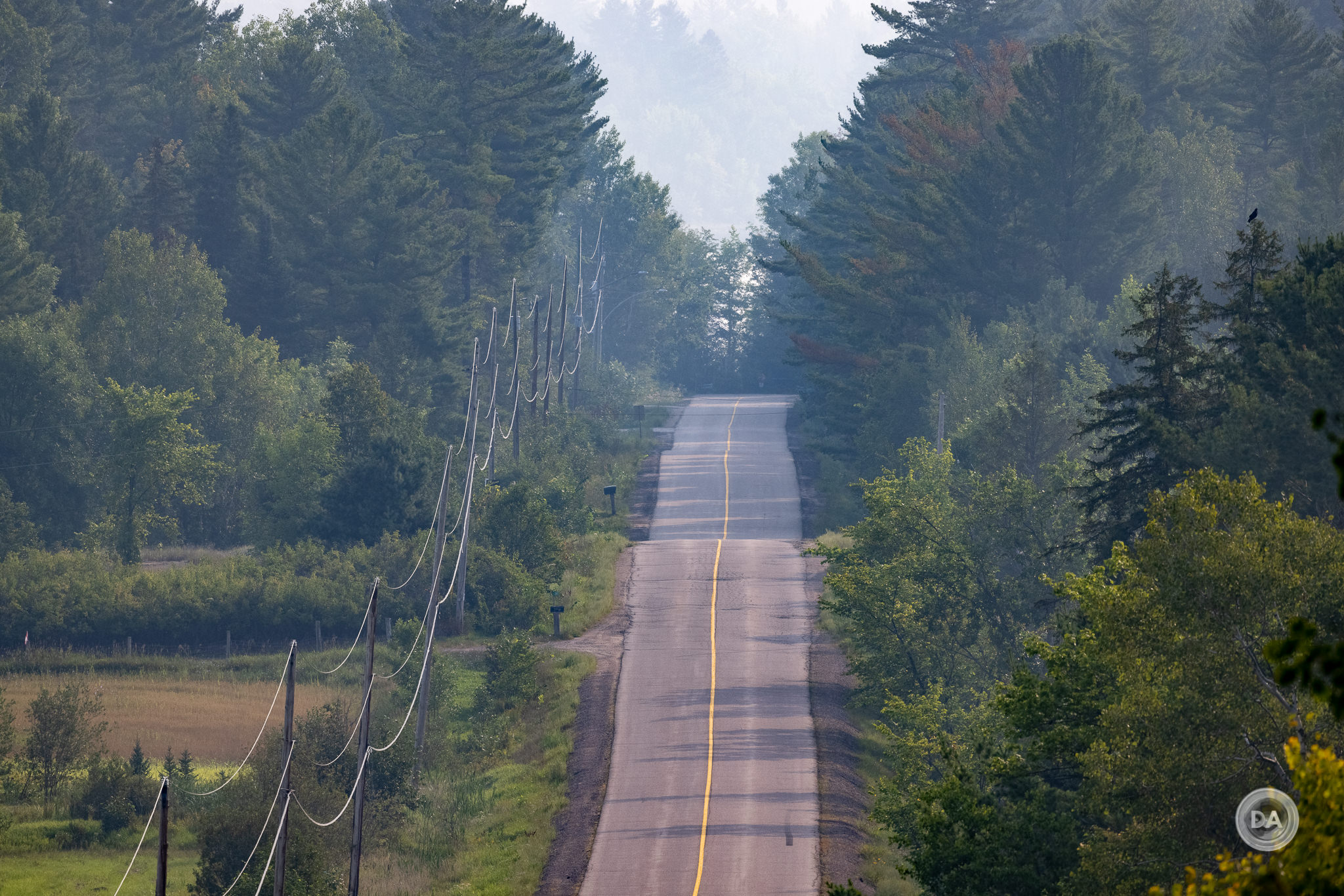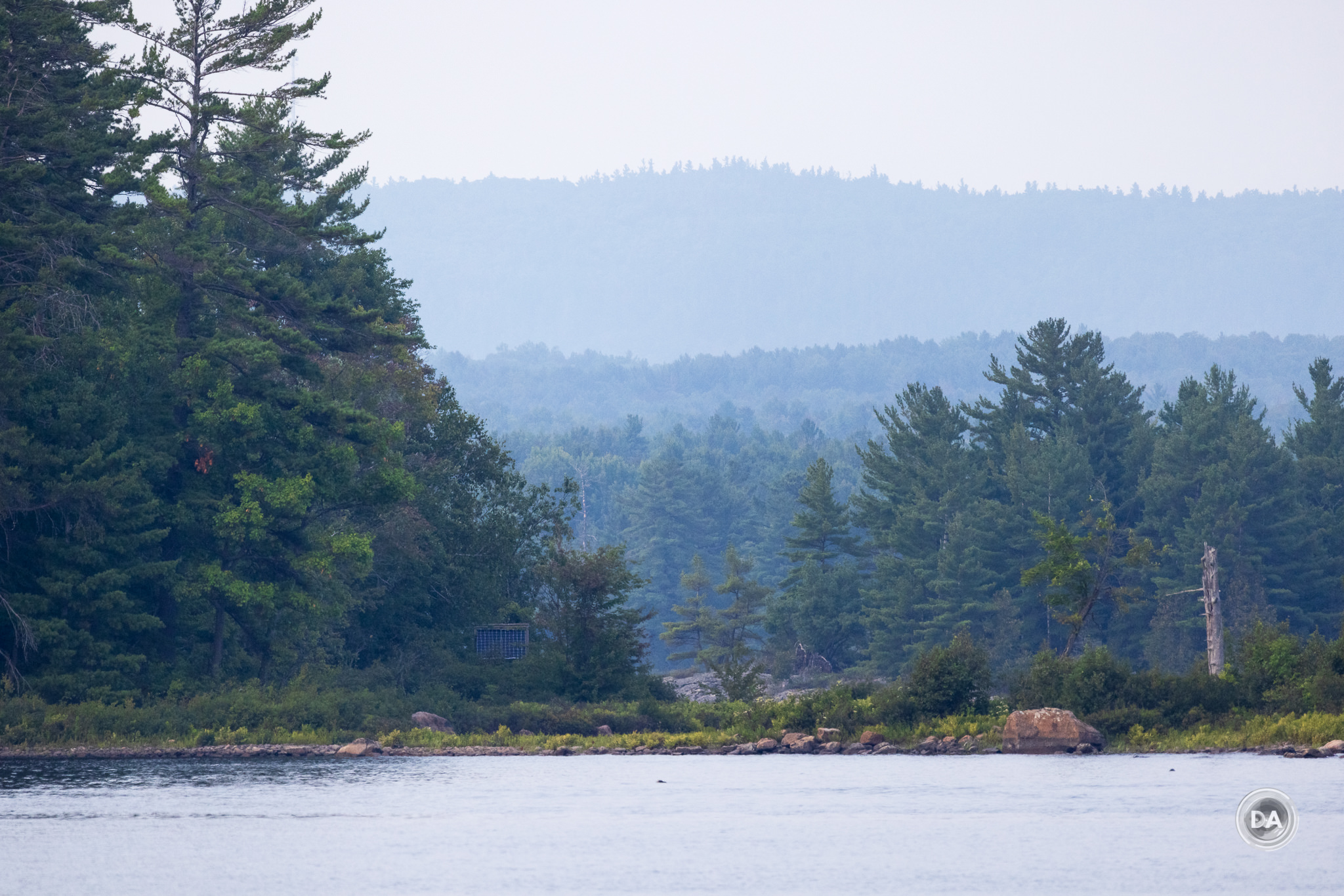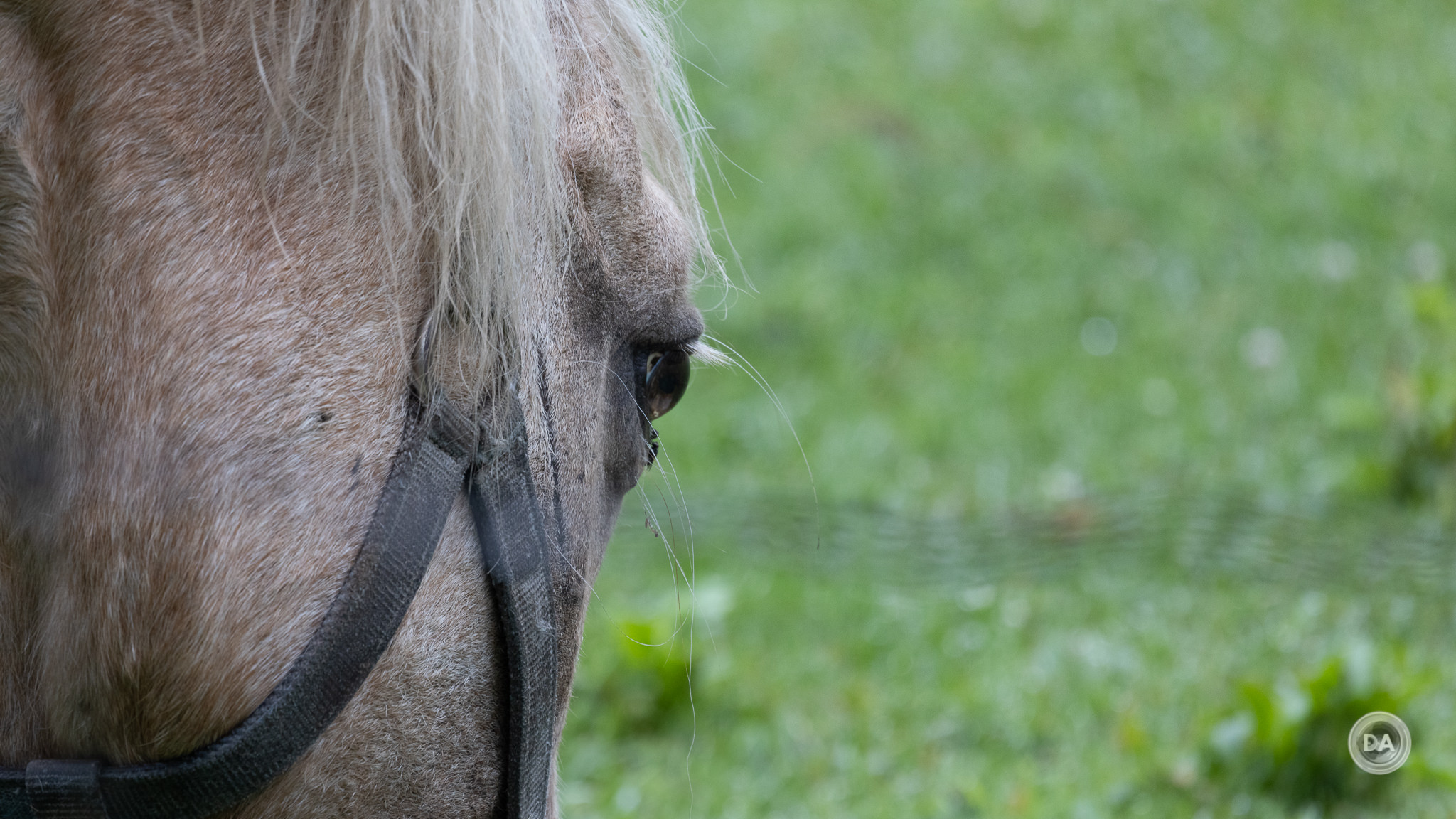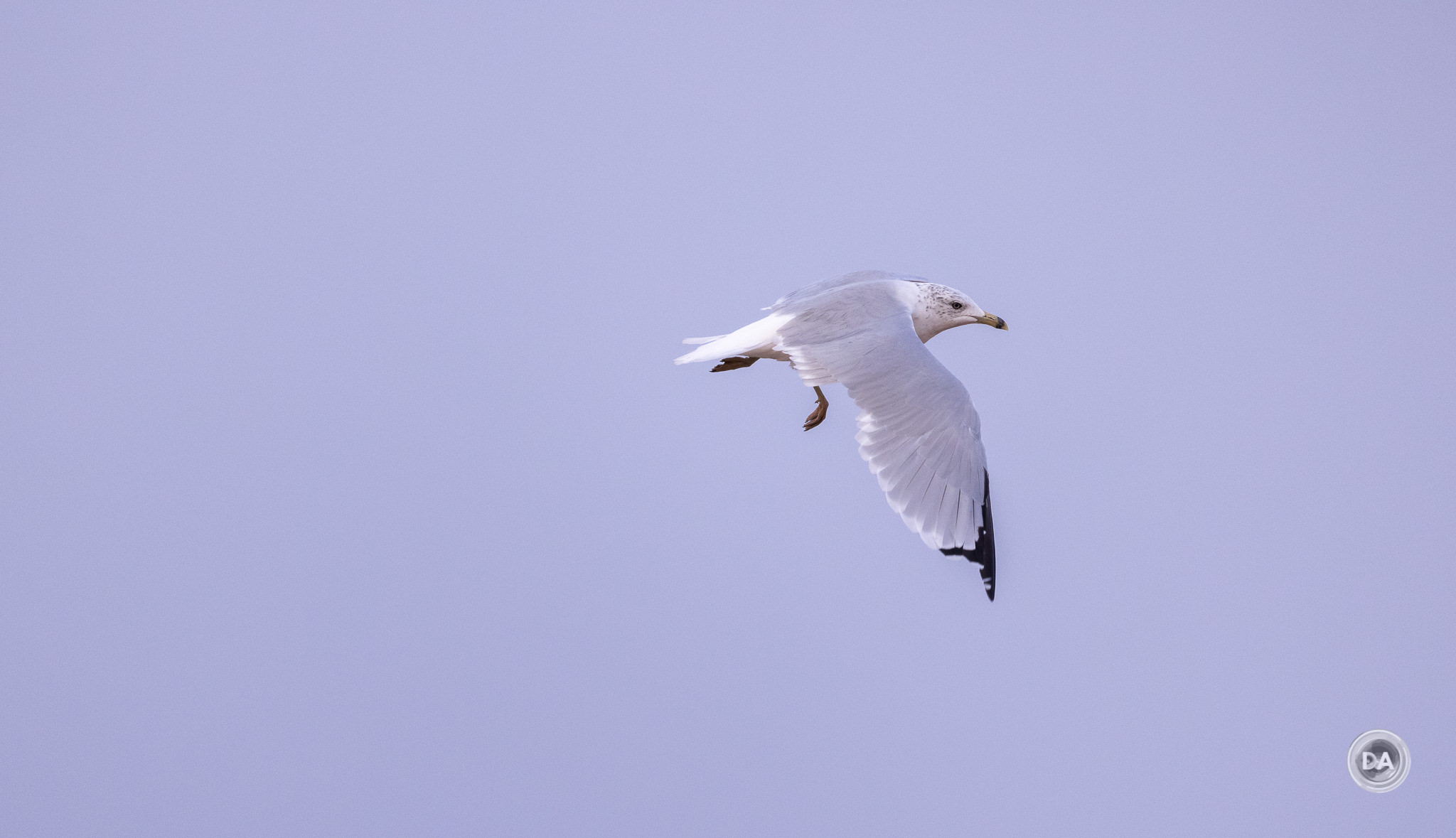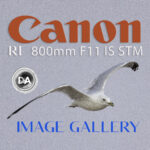I’ve noted in many previous Canon RF mount reviews that the new RF mount seems to have really unlocked a new wave of creativity from Canon. Historically Canon has been a very conservative company that could be relied on to provide solid support of very good products but with significant innovation being fairly rare. They certainly have NOT been an offbeat company that make quirky products. But, as noted, Canon has taken a few more chances on the RF mount front, and none so daring (and quirky) as the development of the Canon RF 600mm F11 IS STM and Canon RF 800mm F11 IS STM telephoto primes. Canon is no stranger to developing long telephoto primes, but none of them have been anything like these lenses. A lens with a maximum aperture of F11 would have been unthinkable on DSLRs, as such a lens wouldn’t have even autofocused on most all cameras. Mirrorless cameras have a little more tolerance for small apertures, though we will see that physics still has a way of raising its ugly head on occasion.
The quirkiness begins when you attach either the RF600 (as we’ll call it for brevity) or the RF800 to your camera. On the screen comes a simple message against a black background: “Set the lens to the shooting position”. You cannot use the lens until you rotate a locking ring near the lens mount to the “unlocked” position and then move the rest of the lens forward about 7.5cm. This means that the optical path for proper focus can’t be achieved by the lens in the retracted position. The end result is rather odd lens profile where a slender inner barrel is extended at the back rather than the front of the lens.
But things get stranger still. This is an F11 lens. That in itself is weird, though we’ve established the Canon’s EOS R mirrorless cameras (like the EOS R5 that I used for this review) can autofocus at F11. But this is not a lens with an aperture range from F11 to, say, F22. This is an F11 lens. Period. There is no aperture iris. You can’t change the aperture, so every shot taken with either the RF 600mm F11 or RF 800mm F11 will be at F11. I’ve never tested an interchangeable lens where you couldn’t change the aperture until now. This shot is taken at F11, just like every other shot shown in the review or image gallery!
There’s more unique observations to come, but that’s sufficient to demonstrate that these two lenses are unlike any other Canon lenses save each other.
So why?
Though these lenses are not necessarily my own personal “cup of tea”, I do appreciate what Canon is trying to accomplish here. The RF600 retails for $699 USD, while the RF800 retails for $899 USD. These are undoubtedly the cheapest ways to achieve either of these focal lengths on the Canon RF system. They are also reasonably compact and lightweight, which in its own way makes them accessible. Most photographers would never be able to own a 600mm F4, for example, as Canon’s RF 600mm F4L IS USM retails for – gulp! – $12,999 USD! You could buy 18 1/2 600mm F11 lenses for that price! This is a chance for photographers to get long reach at a reasonable price on their new Canon mirrorless camera – so long as they are willing to accept a few compromises. We’ll explore those compromises in this review while also keeping in mind that this is a competent lens that can produce beautiful 600mm results at roughly $700!
You can watch either my video review below…or just keep reading!
Follow Me @ Patreon | My Newsletter | Instagram | Facebook | DA Merchandise | Flickr | 500px
Thanks to Camera Canada for getting me loanerd of these lenses. They are my personal source for my gear and have been great to work with. As always, this is a completely independent review. *The tests and the photos shown in this review have been taken on my 45 MP Canon EOS R5.
RF600 Build, Handling, and Features
As noted in the introduction, this is a very unique kind of lens. When retracted (the non-scooting position), it has a few interesting quirks but has a largely traditional profile in a way that the 800mm does not. The visual standout is a unique textured pattern on the front portion of the lens. This is a little less notable on the 600mm, as the two lenses are basically identical through the silver control ring. At that point the 800mm has a much longer “snout” to accomodate the greater optics needed to achieve the longer reach of the lens (the 800mm is about 90mm longer). What makes this section unique is the rubberized texture that looks more like it belongs on the grip of a camera than on a lens. In some ways I am reminded of the finish on binoculars.
The RF600 is 93mm in diameter (giving us an 82mm filter thread) and nearly 270mm in length, though interestingly this figure is actually in the extended shooting position, not the retracted position. Most zoom lenses are measured in their retracted position, but it does stand to reason that the longer measurement is given here, as the lens is actually not functional it its retracted position. In the retracted position the lens measures right under 210mm, or pretty much identical to the RF 100-500mm F4.5-7.1 IS lens. The weight is under 1 kilogram (930g), making this easily the lightest way to get 600mm of reach on the platform. Even the lightweight Sigma 150-600mm Contemporary lens for DSLRs weighed 1830g, so almost double the weight of this lens.
Also (fairly) traditional is the bank of switches on the left side of the lens. The top is a two-position focus limiter, with only full and 12m-∞ as options. The middle switch is an AF/MF switch. The bottom switch is a simple On/OFF for the Image Stabilizer (the IS in the name of the lens). The budget origins of the lens are shown in the focus limiter having only two positions and in having no different modes for the IS.
The focus limiter discussion raises an interesting discussion, as this is definitely not like some telephoto lenses that double as pseudo-macro lenses. Minimum focus distance is 4.5m (nearly 15 feet), and you only get a maximum magnification of 0.14x, which is not particularly good. The RF 100-500L gives you a 0.33x magnification figure, for example. Here’s what the 0.14x looks like:
There will probably be situations where you have to move back to be able to focus on your subject, though the angle of view here is 4° 10′, or very narrow, meaning that you’ll have plenty of situations where you need to move back anyway!
The IS system may not give you options for panning or other situations, but it is (fortunately) very effective. It is rated up to five stops, though when combined with the IBIS (In Body Image Stabilization) on my EOS R5 it feels slightly better than that. This extremely sharp picture of leaves was taken handheld at 1/30th of a second and shows no sign of motion blur.
It is fortunate that the system is effective, because there probably be a lot of moments when you will be dependent on it. F11 is not a very large aperture, and in most lighting situations it is hard to get that shutter speed up. Even on a bright summer evening (right after 5 PM, with the sun still up high), I had to go to ISO 400 to even reach 1/100th shutter speed. That means that I would need to shoot at at least ISO 3200 to get 1/500th second shutter speed (needed to stop most actions). In poorer lighting conditions I could easily be maxing out my ISO to get the shutter speed I would need, so I found that if I had a static subject, I relied on the effective image stabilization to help me keep my ISO down – like this photo of the moon.
Even in this shot, though, I was already at ISO 3200 just to get the 1/60th second shutter speed I used. Effective image stabilization is pretty much a must!
The focus ring and control ring are more standard fare. I found the damping of the focus ring on the 600mm a little more to my liking than the 800mm I tested, as I found the damping was a little heavier and had more feel on the 600mm. Manual focus was smooth (though not fast!), and the control ring felt pretty much like normal.
The control ring has the familiar diamond pattern texture, though the finish is a silver here rather than the traditional black. It helps to give the lens a little variety.
The RF600 has quite a lot of texture variety, and there are two ways to look at that. Some will find it interesting, while others might see a lack of cohesive design elements here.
As mentioned in the introduction, there is no aperture iris with blades in this lens (the aperture opening is a fixed size), so there’s no talk of aperture blades or stopping the lens down. You will always see the full opening as shown here.
Canon continues to be very miserly with their non-L series senses (like this one). That means that there is no included lens hood. The ET-88B is sold separately and will set you back an additional $50. It is a large, deep hood and will add significant length to the lens, though I did not have one on hand for my test. Stranger still is that while there is a threading on the bottom of the lens for a tripod foot, there is no tripod foot included. You will be stuck sourcing a third party tripod foot if you want one, as otherwise you are left trying to balance the camera on a tripod with a very long lens out in front of it. I found lining up my test chart quite a pain (particularly with the longer, heavier RF800).
There is no included case, of course, and also as is typical with non-L lenses, there is no weather sealing, either. You’ll want to be careful in adverse conditions.
Canon’s insistence on making things like hoods optional accessories has gotten really tiresome, particularly when I regularly see lenses that cost around $100 and include a lens hood.
My least favorite part of this design is the extended barrel, as it means that you will likely lose valuable shots trying to get the lens in the shooting position and also means that you are limited in where you can hold and support the lens. Like all things, though, you can adjust, and the light weight of the lens does make it an easy lens to take into the field, which isn’t something you can say very often about a 600mm lens!
Finally, it’s worth noting that Canon does state that the lens is compatible with the Extender RF 1.4x and Extender RF 2x teleconverters, though they also note that autofocus is not guaranteed. The aperture/focal length combination would be 840mm F16 and 1200mm F22, respectively. I can pretty much guarantee that autofocus at F22 would be non-existent, though you might get some autofocus at F16 with one of the better Canon bodies. The notion of either doesn’t particularly appeal to me, as it would be near impossible to get enough light for autofocus and a reasonable shutter speed in all but the brightest light. Not a practical application, I would say.
Canon RF 600mm F11 STM Autofocus
The RF600 is equipped with a lead screw-type STM (stepping motor) autofocus system. STM is Canon’s lower tier mirrorless focus system, with Nano-USM being the premium focus motor. The small maximum aperture of this lens means that the elements aren’t huge even for such a long focal length, so Canon can get by with the lessor focus motor. STM isn’t as quiet, fast, or smooth as Nano-USM. Focus transitions are fast once they start, though there is a bit of lag before focus starts (probably to allow the focus motor to gain inertia). Focus accuracy was generally high, however, like in this shot of wildflowers:
I also saw excellent focus accuracy when taking pictures of Loki in the backyard, with very well focused results (and eye tracking) whether straight on:
…or to the side:
Tracking faster action takes some acquired skill, as the framing at 600mm is very narrow and you are limited by not having the whole sensor available for focus. The bit of focus lag can be a bit of a factor, but once you lock onto your subject, focus is fairly “sticky” and stays on your subject. Case in point is when this seagull flew behind the lawn chairs at the beach the focus system stayed locked.
I also noted that focus was locked on beautifully to the eye of the bird here even though it was barely visible over the wing.
That’s all good, but you have to be realistic about the situations you can use such a lens is. In good lighting a professional camera like my EOS R5 can lock on quickly and track well, but in lower lighting conditions no camera is going to thrive when it is limited to F11’s amount of light reaching the sensor. A lens with a larger maximum aperture (say F4) will focus at F4 even if you set the aperture to F11, which means that it has a three stop advantage in the amount of light that the camera has to work with…and each stop of light lets in twice as much light as the stop before it. That makes a huge, huge difference. So you can’t expect to go into a dimly lit auditorium or stadium and get fast autofocus with the RF600, nor is it going to focus as well at dawn or dusk as it will in the middle of the day.
Use the lens to its strengths, however, and it will reward you with well-focused results.
RF600 Optical Performance
As I noted in the introduction, this is an F11 only lens, which makes optical testing pretty simple. There is literally just one “setting” to test: 600mm and F11! The optical formula here is pretty simple, too, with just 10 elements in 7 groups, though this includes one Super UD and six UD lens elements. Canon also notes that they have utilized a DO (diffractive optics) element at the very front of the lens group. There are some limiting principles here, but overall the image quality punches much higher than the price tag suggests. The sharpness profile is fairly flat here, so while there are sharper lenses in the center of the frame, there is actually very little drop-off in either the mid-frame or the corners.
This agrees with what I saw in real world performance, which we’ll get to in a moment.
I found minimal amounts of both vignette and distortion. There is a tiny amount of pincushion distortion (I corrected it with a -3 in Lightroom) and about a 1 1/2 stops of vignette in the corners (a +45 correction).
In most applications the automatic lens profiles will take care of all of this, so it’s not an issue.
I’ll also reuse a crop from earlier in the review that shows how nicely the lens handles longitudinal chromatic aberrations. There is no apparent purple or green fringing around these wildflowers despite the high potential for them (high contrast, water droplets, etc…)
I also next to no lateral chromatic aberrations near the edge of my test chart.
This is obviously a strong plus, as unlike many lenses, you don’t have the option to stop the lens down to reduce either chromatic aberrations or vignette.
I was further impressed by the consistently good sharpness and contrast across the frame. Here’s my test chart:
If we look at greater than a pixel level crops (near 200%) from the center, edge of the frame, and upper left corner, we find that the results are consistently excellent everywhere.
What’s impressive to me is that the RF600 never has a chance to take full advantage of the EOS R5’s sensor, as softening due to diffraction begins at F7.1, an aperture value that isn’t an option here. I knew this going in, so I actually expected more softening of the image than what I saw. This is a strong performance despite the liabilities the lens faces.
But real world results are rarely going to be this sharp. Why? The reality of a 600mm F11 lens. This test is done on a tripod with a ten second countdown and with the tripod on a concrete floor. It is shot at base ISO, so getting the best out of a very good camera sensor. But in the real world I rarely have that level of stability and lack of movement of my subject, and so I need to raise my shutter speed to help to combat motion blur. Raising my shutter speed is almost certainly going to require me to also raise my ISO, so I will rarely get to shoot at base ISO in the real world…even during the day. So, this real world seagull shot is sharp…but not as sharp, because to get the 1/500th second shutter speed to stop action, I had to shoot at ISO 3200 even in bright, early evening conditions.
In some ways, then, the strong optical performance is tempered somewhat by the reality of the lens itself.
Also interesting is that often we want to talk bokeh with the lens stopped down, but the lens can’t be stopped down. You can’t create sunstars at all, because the aperture is always circular…there are no blades to create the sunstar shape! Those oddities aside, the RF600 is (in many cases) able to overcome the limitations of a small aperture and still produce nice bokeh due to the long focal length. Bokeh is smooth and creamy in this shot of leaves:
This shot of a mouthy Loki shows a nicely defocused background as well.
This seagull portrait also shows a nice defocus of the sand beyond it.
As mentioned earlier, there is no included lens hood, but fortunately the lens proved fairly resistant to flare nonetheless, and the narrow angle of view makes it pretty easy to avoid pointing it right at the sun anyway.
You can’t “stop down” for landscape shots, but certainly a long focal length is great for taking distant objects and bringing them close the camera. Compressing a long, bumpy road makes for a very interesting perspective.
One final general observation: long telephotos are highly impacted by rising heat waves/shimmer. Different thermal pockets over water, roads, or other surfaces can play havoc with lens sharpness because the heat waves actually distort the light. Remember this if you are shooting in challenging conditions, and know that it isn’t a lens problem…it’s just a physics problem. This image, for example, has a near painterly effect when viewed up close due to the heat shimmer.
All in all, I’m pretty happy with the optical results from the lens, though (as has been the constant thread in this review), you have to use the lens the right way and to its strengths to get the best out of it. Feel free to check out more images and draw your own conclusions by visiting the image gallery here.
Conclusion
It is rare that I refer to a Canon lens as “quirky”, but both the Canon RF 600mm F11 IS STM and Canon RF 800mm F11 IS STM telephoto primes definitely qualify as quirky. Canon’s engineers were willing to overlook a number of typical design conventions and niceties to produce functional telephoto primes with massive reach and good performance at bargain prices. Used in the right conditions, either of these lenses is perfectly capable of producing stunning images.
But those quirks do help define the lens, however. The loosen, extend, and tighten nature of getting the lens ready to shoot will result in some missed shots. The small maximum aperture means that this is a lens designed for very specific (read: bright!) lighting conditions, and so the opportunities to take full advantage of the stellar optics are limited by that physical reality.
But what other 600mm prime lens can you get for less than $700 USD? Particularly one with good autofocus, effective image stabilization, and a solid optical performance? That is a very, very short list, so while I know that this is a niche product for a niche audience, I’m glad that the RF 600mm F11 IS STM lens exists.
Pros:
- Cheapest way to get to 600mm
- Compact and lightweight
- Effective image stabilizer
- Excellent sharpness across the frame
- Good control of aberrations and distortion
- Low vignette
- Autofocus is effective
- Nice bokeh
Cons:
- Extremely slow maximum aperture results in limited autofocus area
- Need to move lens into shooting position means some shots will be missed
- Lens requires a LOT of light
- Neither hood nor tripod foot included
- Autofocus in low light will be poor
- Minimum focus distance is long and magnification is low
Gear Used:
Purchase a Canon RF 600mm F11 IS @ B&H Photo | Amazon | Camera Canada | Amazon Canada | Amazon UK
Purchase a Canon RF 800mm F11 IS @ B&H Photo | Amazon | Camera Canada | Amazon Canada | Amazon UK
Purchase a Canon EOS R6 @ B&H Photo | Amazon | Camera Canada | Amazon Canada | Amazon UK | Amazon Germany | Ebay
Purchase a Canon EOS R5 @ B&H Photo | Amazon | Camera Canada | Amazon Canada | Amazon UK | Amazon Germany | Ebay
Buy DA Merchandise https://bit.ly/TWIMerch
Purchase a Sony a7C @ B&H Photo | Amazon | Camera Canada | Amazon Canada | Amazon UK | Amazon Germany | Ebay
Peak Design Leash Strap: Peak Design Store | B&H Photo | Amazon | Amazon Canada | Amazon UK
Adobe Photoshop Creative Cloud 1-Year Subscription
Exposure Software X6 (Use Code “dustinabbott” to get 10% anything and everything)
Visit Dustin’s Amazon Storefront and see his favorite gear

Purchasing your gear through B&H and these links helps fund this website and keeps the articles coming. You can also make a donation here if you would like. Visit my Amazon page for some of my gear of choice! Thank you for your support.
Great News! I can now offer a 5% discount on all purchases at Amplis Foto, Canada’s Leading Photographic Supplier. Please enter discount code: AMPLIS52018DA in your cart. It is good for everything in your cart, and is stackable with other coupons, too! It will take 5% off your entire order! Proceeds go towards keeping this site going and providing you with new reviews!
Check me out on: My Patreon | Sign Up for My Newsletter | Instagram | Facebook | Twitter | Flickr | 500px | Google+ |
Purchase a Canon RF 600mm F11 IS @ B&H Photo https://bhpho.to/3j2niF4 | Amazon https://amzn.to/3swaIkG | Camera Canada https://shrsl.com/34ij6 | Amazon Canada https://amzn.to/3z85vlM | Amazon UK https://amzn.to/3y1AbDS
Purchase a Canon RF 800mm F11 IS @ B&H Photo https://bhpho.to/3D6y19u | Amazon https://amzn.to/3AU9LWr | Camera Canada https://shrsl.com/34ij8 | Amazon Canada https://amzn.to/2WaUv8k | Amazon UK https://amzn.to/3z6EZca
Keywords: Canon RF 600mm F11, Canon RF 600mm F/11, Canon RF 800mm F11, Canon RF 800mm F/11, IS, STM, RF, Canon RF 600mm F11 Review, Canon RF 600 IS STM, Canon Review, Dustin Abbott, Portrait, Telephoto, Canon EOS R5, R5, R6, EOS R, Sharpness, Resolution, Bokeh, Video Test, Sample Images, Real World


